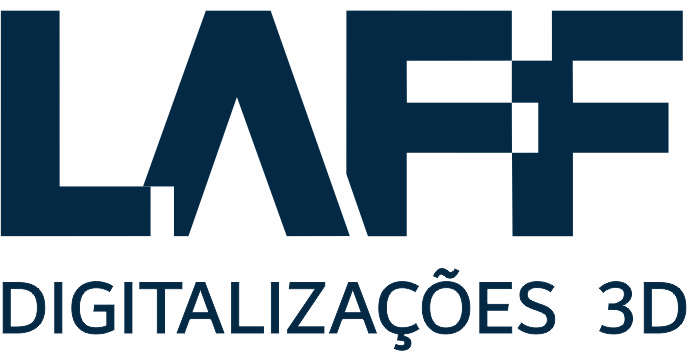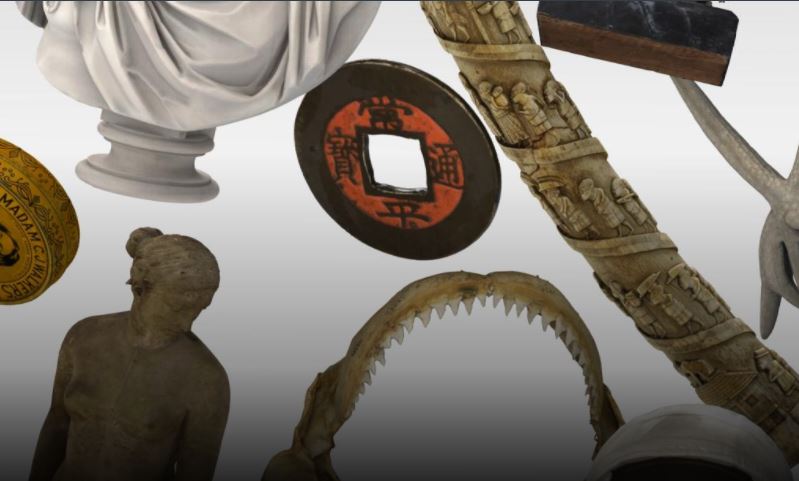O Smithsonian, Instituto que acompanhamos e admiramos publicou uma reportagem em seu site falando sobre a digitalização 3D de Acervos. Traduzimos um trecho:
“…nunca obteremos DNA de um modelo 3D. Nunca sentiremos a textura de um objeto a partir de sua imagem. Nunca ouviremos a cadência de uma língua indígena a partir de uma transcrição. Mas um registro digital pode nos permitir saber que uma determinada linguagem já existiu. Nos mostrar como uma espécie se parecia, descrever como um objeto foi feito. Isso é alguma coisa. Diante de uma perda devastadora, isso é muito.
Após o incêndio do Museu Nacional, as redes sociais estavam repletas de expressões de descrença do público de que as coleções do museu ainda não foram totalmente digitalizadas. Nós, da comunidade de patrimônio cultural, sabemos por quê. A digitalização de coleções requer um enorme esforço de planejamento e implementação. Os custos são enormes. O financiamento é minúsculo. The Latest Shiny Thing chama a atenção dos esforços de construção de alicerces.
Mas aqueles de nós que estão construindo fundações digitais em museus sabem que os ativos digitais que criamos para divulgação e pesquisa também podem um dia ser chamados para reconstruir coleções e restaurar o patrimônio cultural. Desastres como o incêndio do Museu Nacional nos focam, como o laser, na nossa missão, destacando o que a digitalização oferece em tempos de perdas.”
Com esse tipo de pensamento levantamos de nossas camas todos os dias. Muito obrigada Smithsonian!
Segue texto na íntegra em inglês:
Digitization and the Museu Nacional de Brasil
The fire at the Museu de Nacional de Brasil evokes a visceral sense of loss – for the people of Brazil and the devastation this has wrought on their nation’s patrimony. But the loss extends to everyone, for the Museu’s collections included cultural touchstones that reflect on humanity, as well as materials from the natural world that shape our understanding of life on Earth.
Yet in the midst of this loss, we see outpourings of assistance. Those who work in the cultural heritage community have been particularly moved to help. Here at the Smithsonian, a number of ideas for assistance are being explored. And it is natural to include digitization among them.
Indeed, digitization was the underpinning for one of the first responses to the disaster: crowdsourcing efforts to gather digital images and records of the museum and its collections. Since then, other museums are reviewing their Brazilian holdings to see if they have digitized (or might digitize) materials to help create a virtual museum of Brazil’s patrimony.
These efforts, offered in a spirit of altruism, have proved contentious in some cultural heritage circles. There have been comments that “digitization cannot replace originals,” “digitization is not a preservation strategy,” and “digitization must take a back seat to safeguarding collections.” All these sentiments are true. But we should consider the value of digitization in light of what was lost.
Digital documentation in its various forms (be it records, imagery, or audio) has an evidentiary value. In a catastrophe, it may help identify the extent of the loss. It also may salvage some of the research potential of collections that are lost. A great deal of information can be gathered from a good digital image, even more from a good 3D model. Measurements, descriptions, and comparisons are just some of the insights that might still be derived.
Of course, we will never get DNA from a 3D model. We will never feel the texture of an object from its image. We will never hear the cadence of an indigenous language from a transcription. But a digital record might let us know that a particular language once existed, show us what a species looked like, describe how an object was made. That is something. In the face of devastating loss, that is a lot.
After the Museu Nacional fire, social media was rife with expressions of disbelief from the public that museum collections are not yet fully digitized. Those of us in the cultural heritage community know why this is. Digitization of collections requires enormous effort in planning and implementation. The costs are huge. The funding is miniscule. The Latest Shiny Thing draws attention from foundation-building efforts.
But those of us building digital foundations in museums know the digital assets we create for outreach and research might also one day be called upon for rebuilding collections and restoring cultural patrimony. Disasters such the fire at Museu Nacional focus us, laser-like, on our mission, highlighting what digitization offers in times of loss.
By Diane Zorich, Director, DPO

